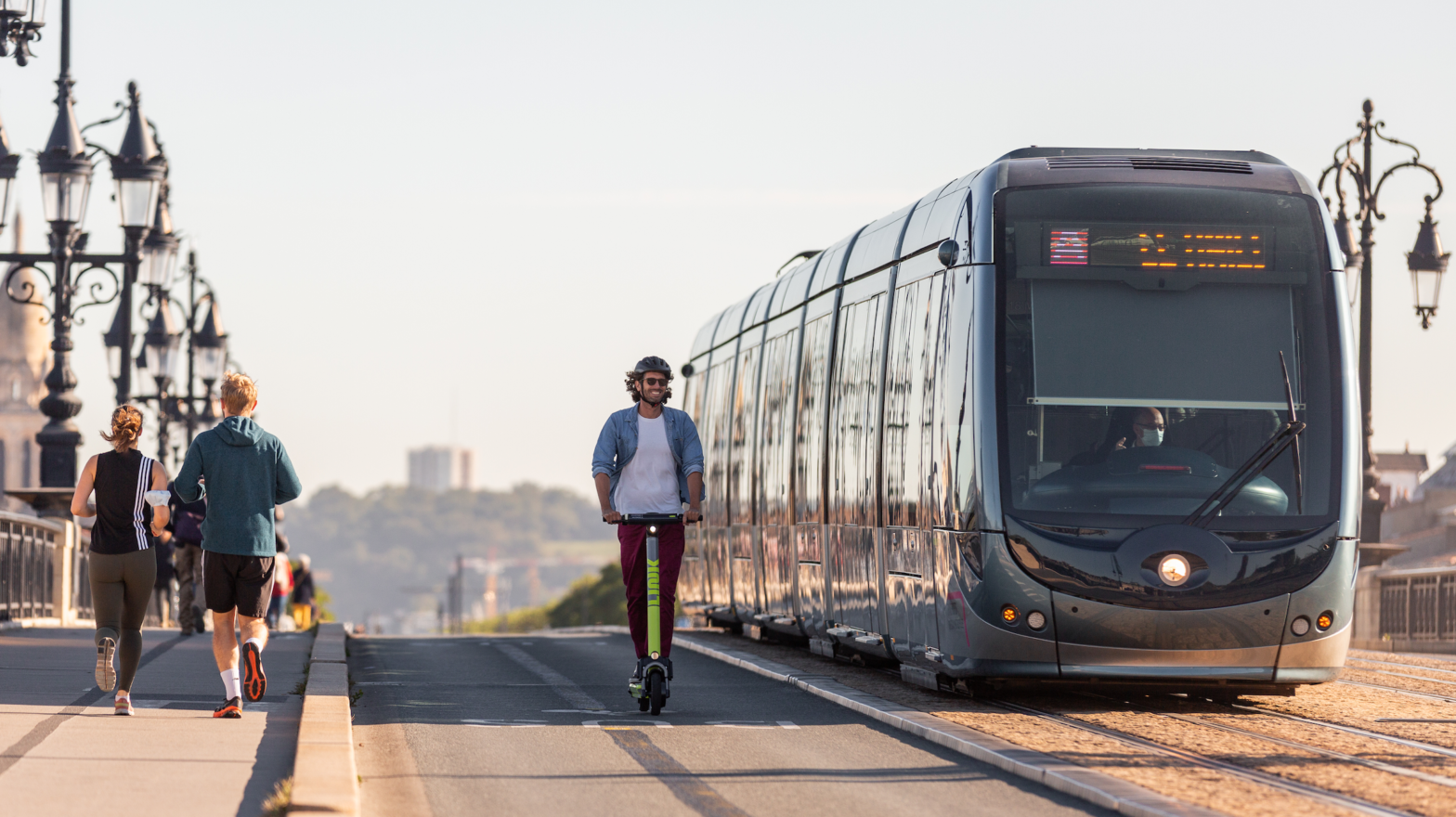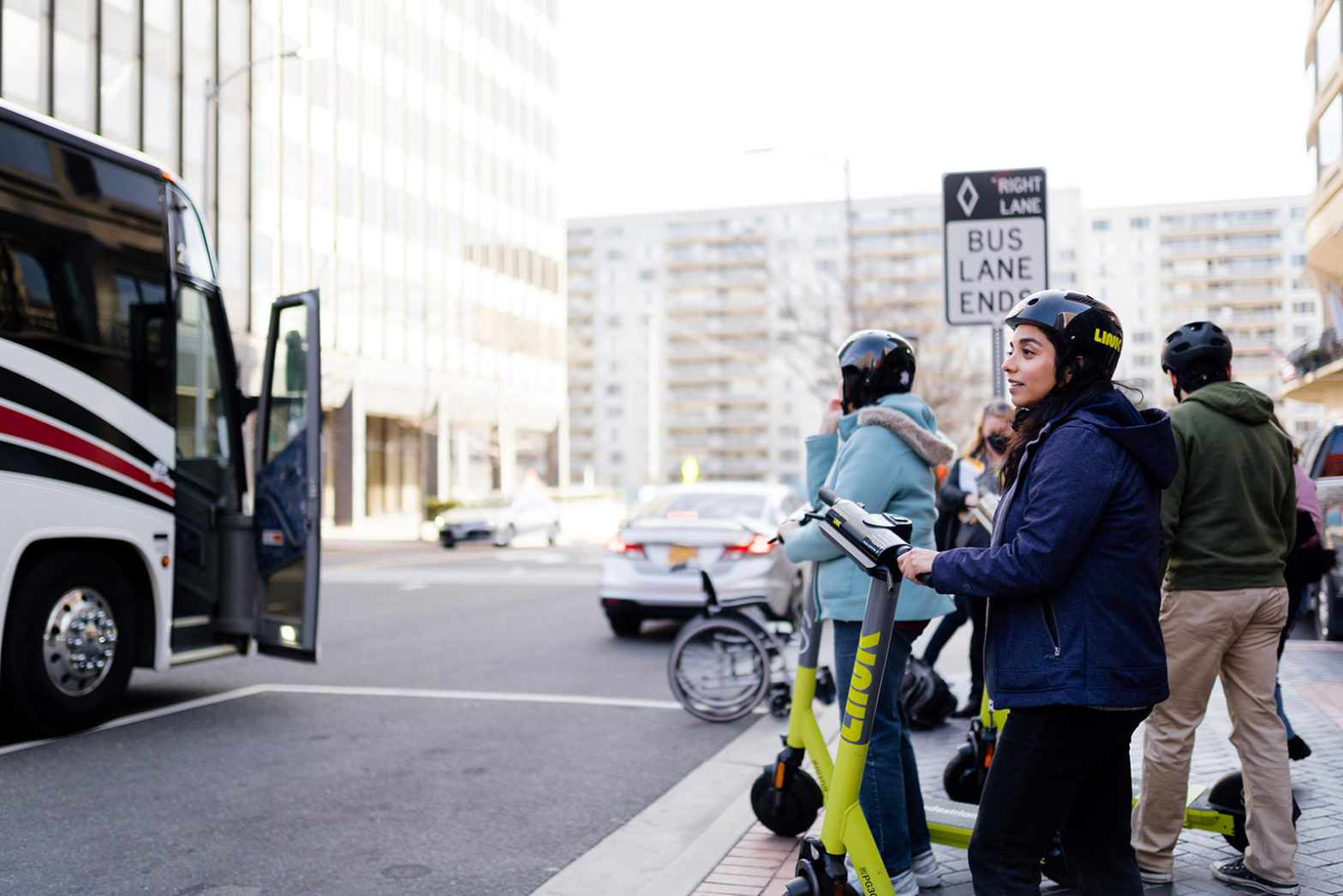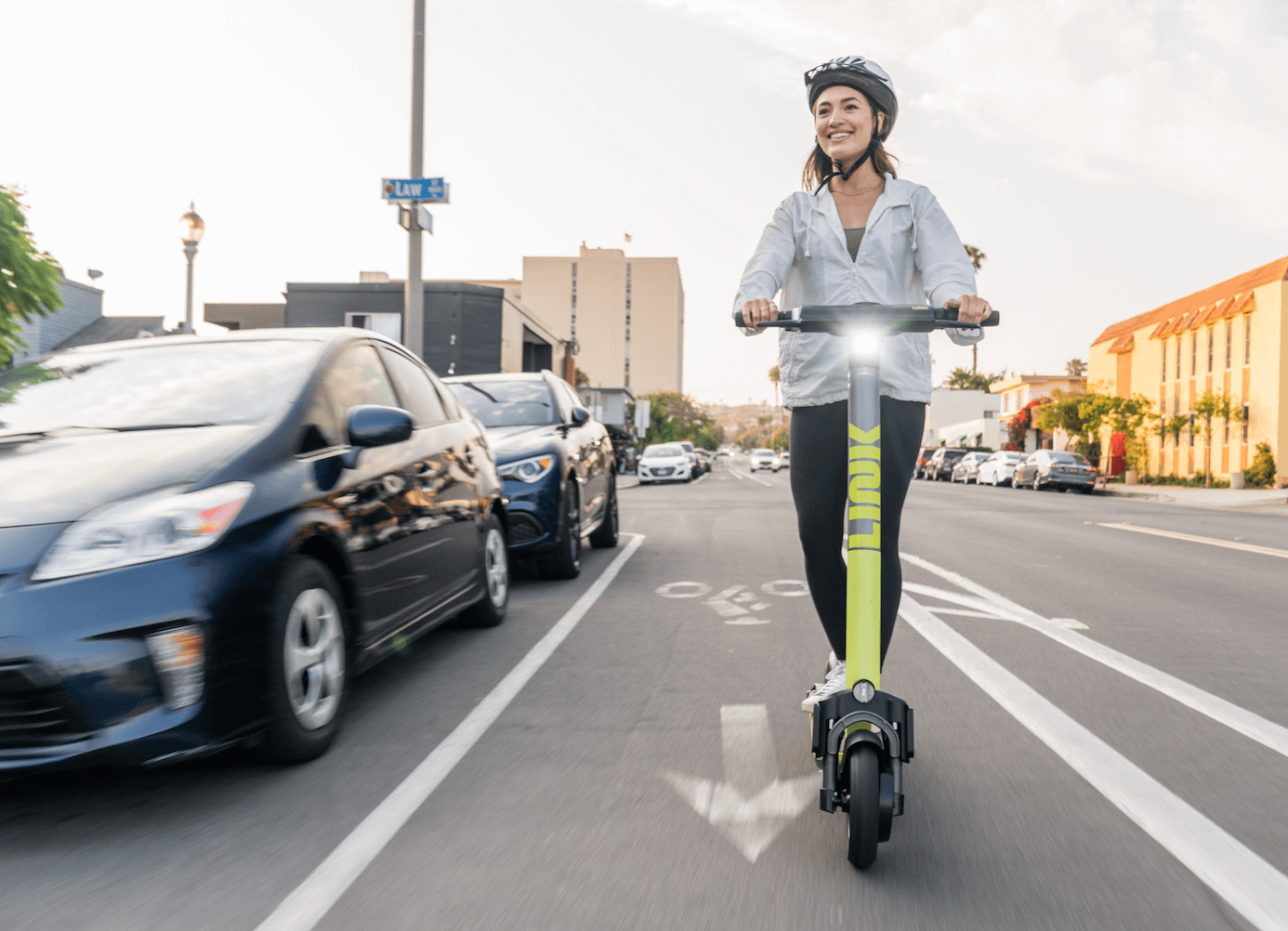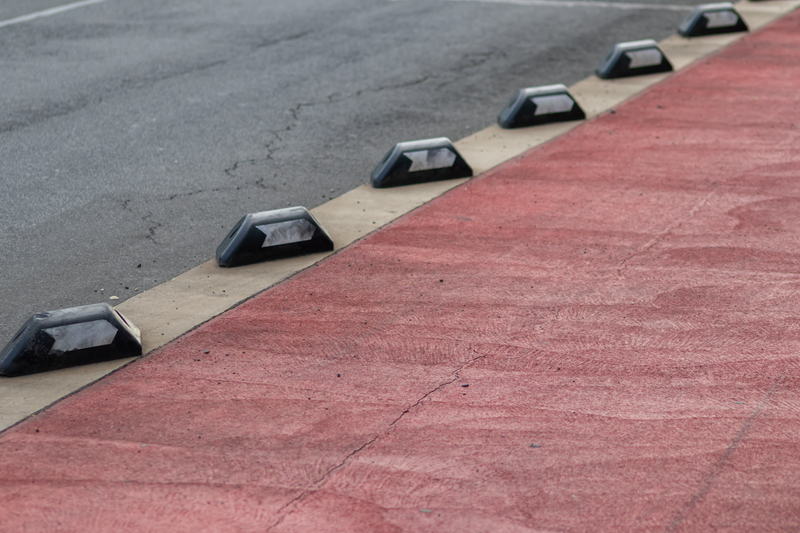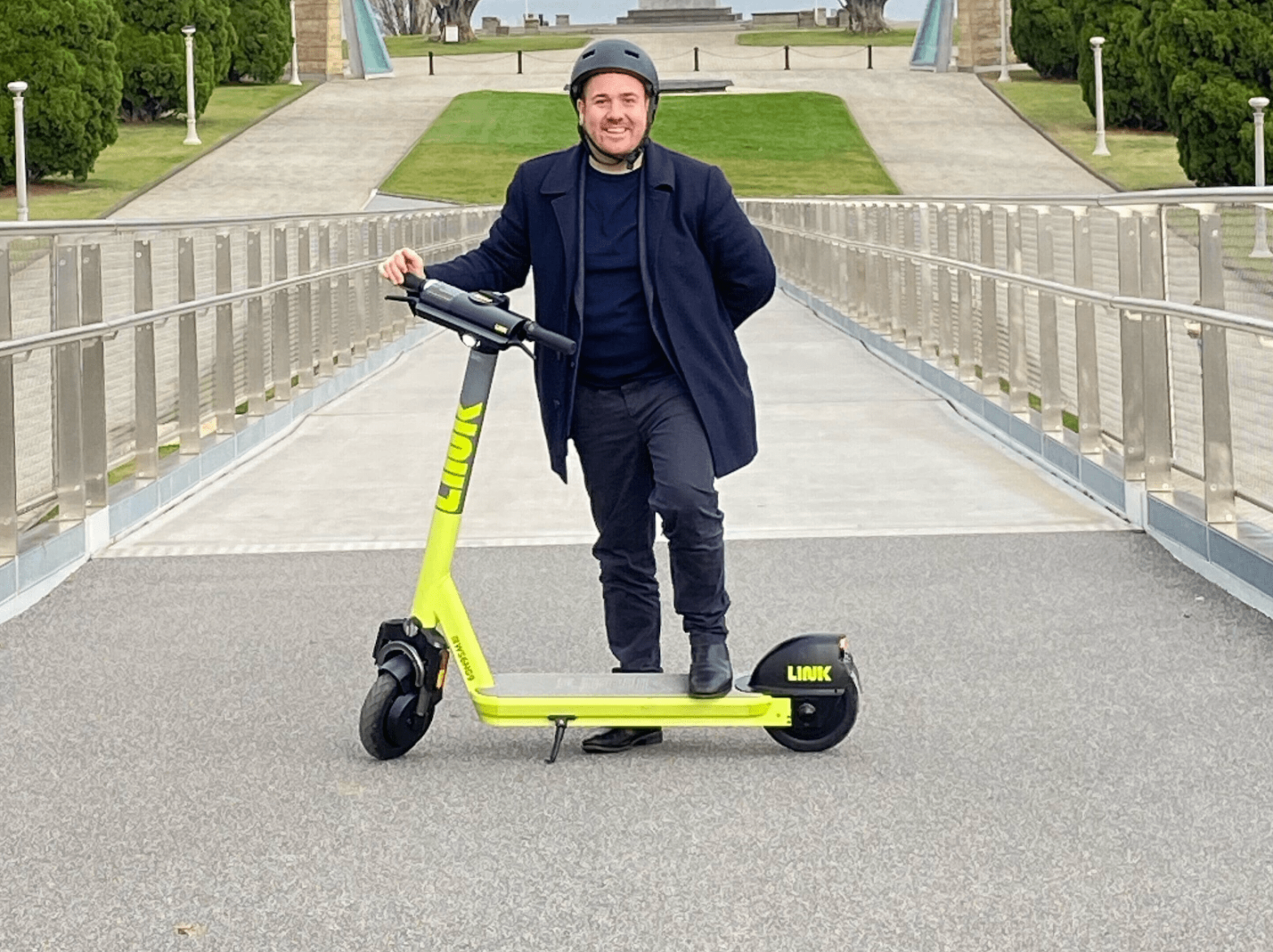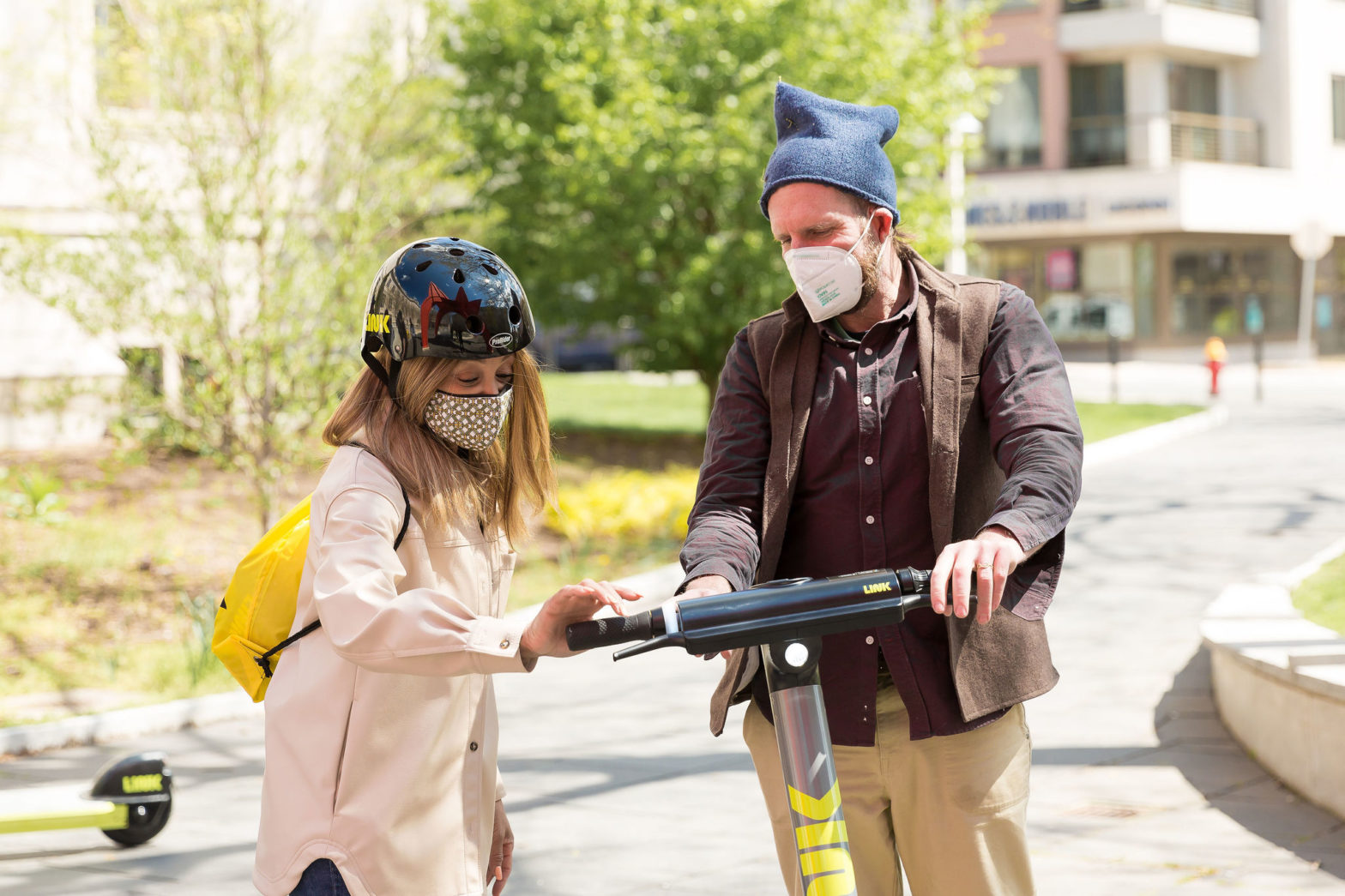
Superpedestrian to share street-level safety data with cities
04 October 2021
E-scooter operator, Superpedestrian, will share highly accurate sensor and rider behaviour data with cities to increase safety.
The aggregated anonymised data would provide context to cities on what’s happening on streets and sidewalks and help cities target locations that may need maintenance or safety upgrades.
“If ten people are swerving on the street, maybe the city needs to add a bike lane there,” explains Ben Segal, Director of Research and Development at Superpedestrian (pictured above). “The city wants to know that and they want to know that if they do add a bike lane that it’s making things safer in the future.”
The data would be collected through the company’s new Pedestrian Defense system. After pilot demonstrations this summer and fall, the technology is due to be rolled out on Superpedestrian e-scooters in the coming year.
The technology, through an array of motion sensors fused with highly accurate GPS and machine learning, detects unsafe behaviours like sidewalk riding, wrong-way riding, aggressive swerving and repeated hard braking, and then is immediately corrected by slowing or safely stopping the scooter in real time.
“It’s not just about detecting that these things happen but really understanding what’s happening, how do we prevent it from happening, and how do we measure to show that it’s not happening in the future,” Segal says.
The technology was developed over three years originally with a view to helping riders locate e-scooters more easily.
“At the beginning you’d see a bunch of scooters on a map and you just couldn’t find the scooter you needed,” says Segal. “You’d have to spend a long time hunting around for it to the point where you just couldn’t rely on micromobility. It made us think that if you know where the scooters are much more precisely that would cut out a big source of the issue here.”
Correct e-scooter parking still remains a top issue for cities and pedestrian users. The new technology can identify if a person has correctly parked in a geofenced location within “tens of centimetres”, greatly reducing sidewalk clutter.
“We can flag that and we know if you’re parked in the right spot or not,” adds Segal. “It’s very precise. And that gives us a lot of information to be able to give feedback to the rider or have our operations team prioritise those scooters for pickup.”
Pedestrian Defense can be adapted to each city’s different laws. Some cities ban e-scooter riding on sidewalks while others actively encourage and prefer sidewalk riding over having scooters on the road. Alongside this the company is working closely with people from various safety and accessibility advocacy groups to look at using the Pedestrian Defense system to make the scooter’s presence better known to the visually impaired and other vulnerable road users.
Existing solutions are not addressing the bigger picture of safety, according to Segal.
“Other companies have cameras that sort of beep at you if you’re on the sidewalk but that’s only addressing one part of the problem,” he explains. “It’s really not addressing the core issue of safety. It’s sort of preventing sidewalk riding but not improving safety overall. And that’s really our goal.”
Having just returned from demonstrating Pedestrian Defense in Milan and Dublin, Segal says interest is high from various cities–from those which currently don’t permit scooters, like Dublin, to cities which allow e-scooters but are looking to adapt their regulations.
While acknowledging the importance of innovation in increasing safety, one key factor to make sure e-scooter appeals to riders is to keep it fun. Segal says his job is made easier by the design of the scooters themselves.
“The scooter sells itself,” he says. “Once you get someone on one of these and ride around the parking lot they’re like, ‘Oh wow this is totally different than anything I’ve experienced before and it actually feels stable and solid’. It’s a really well-built vehicle, not a toy. It honestly speaks for itself when someone gets on it, you can just see it on their face.”
In partnership with:




